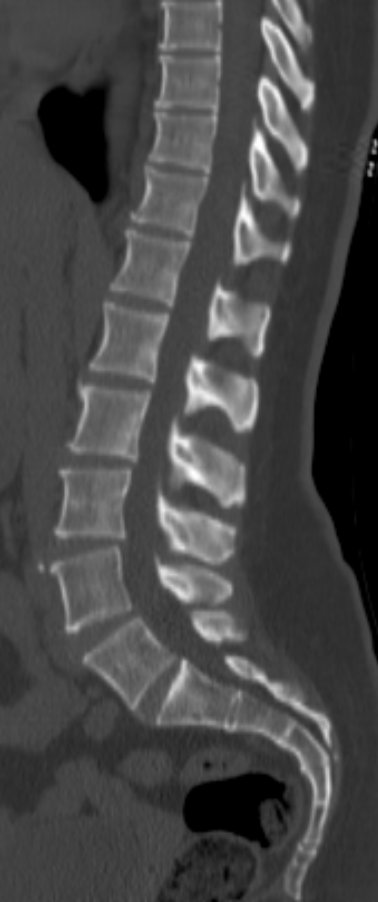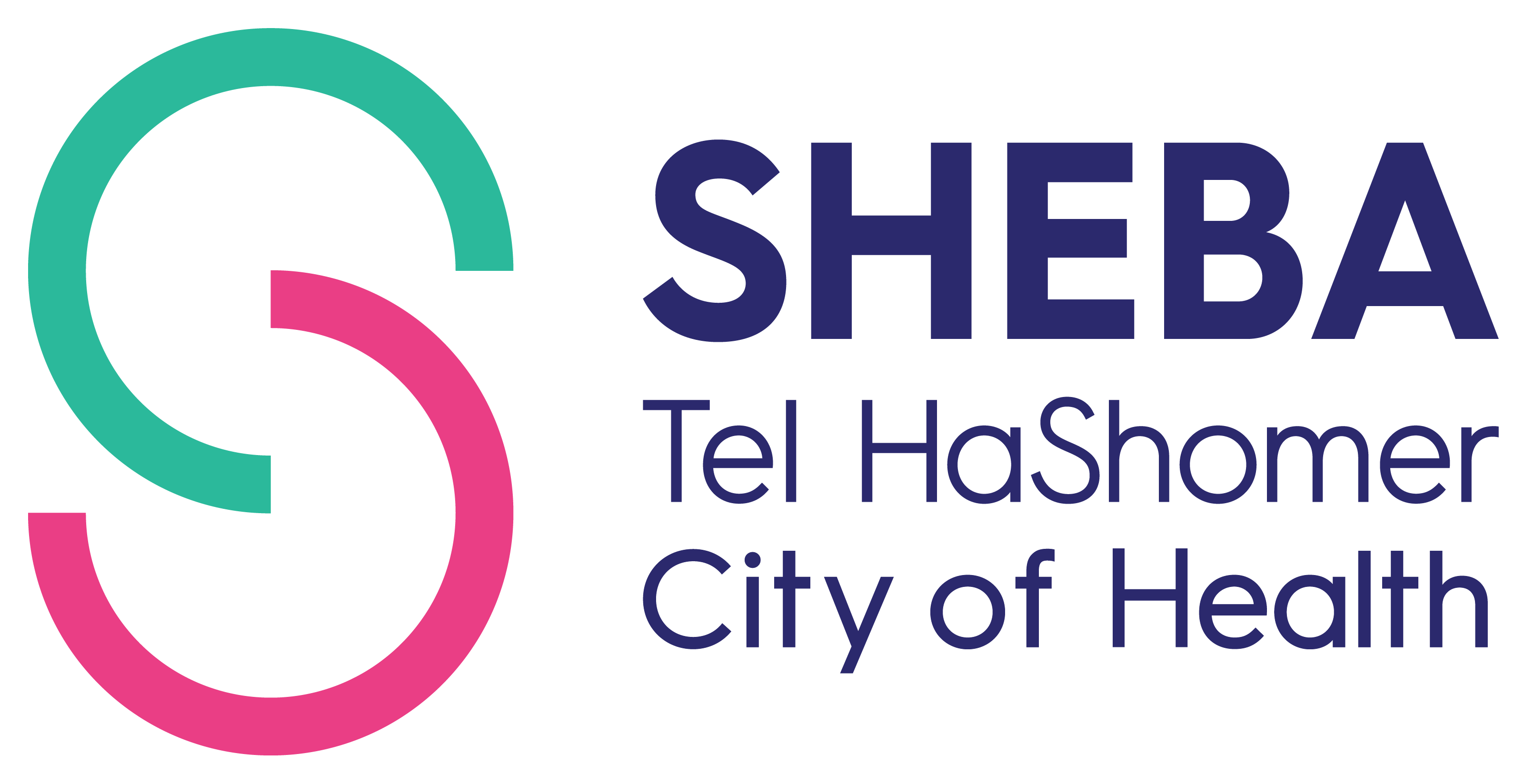
CT of the Spine is a non invasive, painless scan. This modality utilizes x-ray beams which are projected through the body in different directions to create a planar image which can be viewed on film or computer screens.
What are common uses for CT of the spine?
· CT is usually the first modality of choice in cases of trauma for ruling out injury to the spinal column.
· Evaluation of back pain (disc bulge/protrusion, abscess, degenerative changes, fractures, spinal stenosis)
· Evaluation of the spine prior to and following surgery and other instrumentations
· Detection of spinal tumors including metastatic disease from remote primary lesions
In most instances there is no need for administering IV contrast, however in certain circumstances there is a need to amplify the differences between tissues (e.g inflammatory vs. non inflammatory). It is most important that the patient notify the physician or technician of any known allergic reaction to iodine or contrast material in the past as well as other chronic states including asthma, diabetes, kidney disease or thyroid disorder.
You may be asked to refrain from food and drink for 4 hours prior to the exam.
Women of child-bearing age should notify the physician of any chance of pregnancy, since CT carries the risks of ionizing radiation to the fetus. Women who are breast feeding should refrain from feeding for up to 24 hours following the exam.
During the test the patient is required to lie still on the examination table which will advance into the CT machine (shaped like a big box with a round opening in the middle). The scanner houses the x-ray tube which will rotate in a circle around the patient. Most studies will last a few minutes.
Following the scan, the images are transferred automatically to the workstation where the radiologist can view them on high definition screens.
Any request for a CT scan in a child should be scrutinized carefully and only performed if essential for diagnosis as it carries the additive risks of ionizing radiation, especially in repeated scans.
To the Hebrew web site press here










